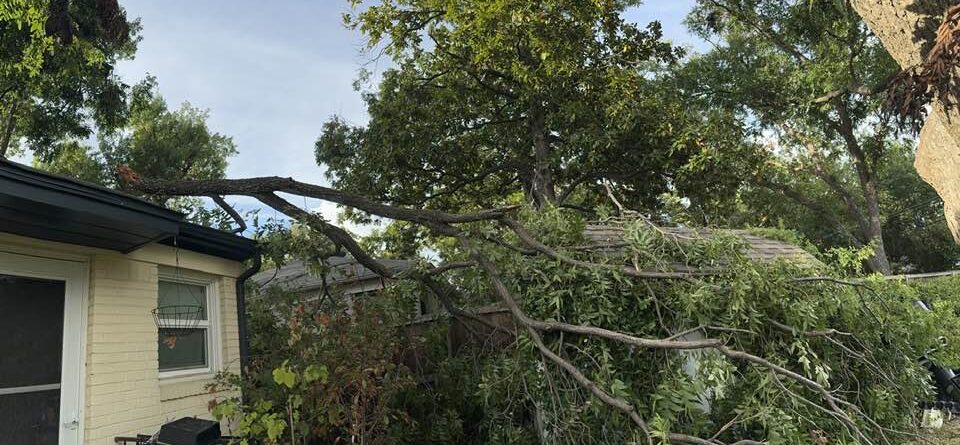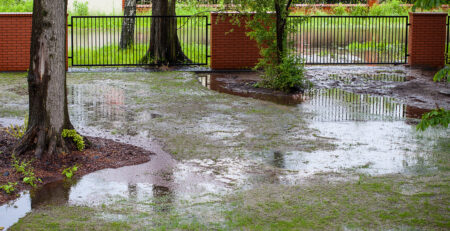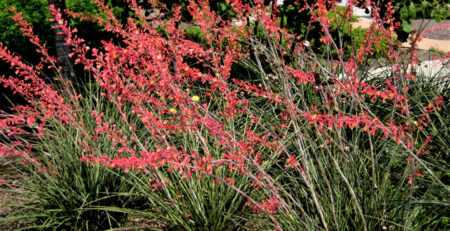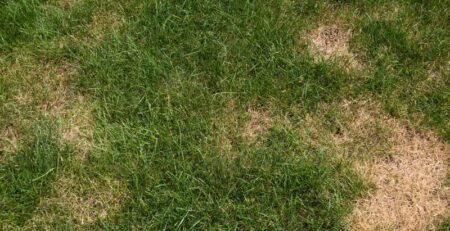Why are Branches Falling off my Tree?
Trees can lose branches as a result of injury, disease, and animal activity. In a healthy tree, there are two other
phenomena that can result in shedding of tree branches: “Cladoptosis” and “summer branch drop.”
The Texas Plant Disease Diagnostic Lab describes cladoptosis as “a process in which trees shed their branches, or “self-prune” as part of their normal physiology or in response to stress through the formation of an abscission layer at the branch base.”
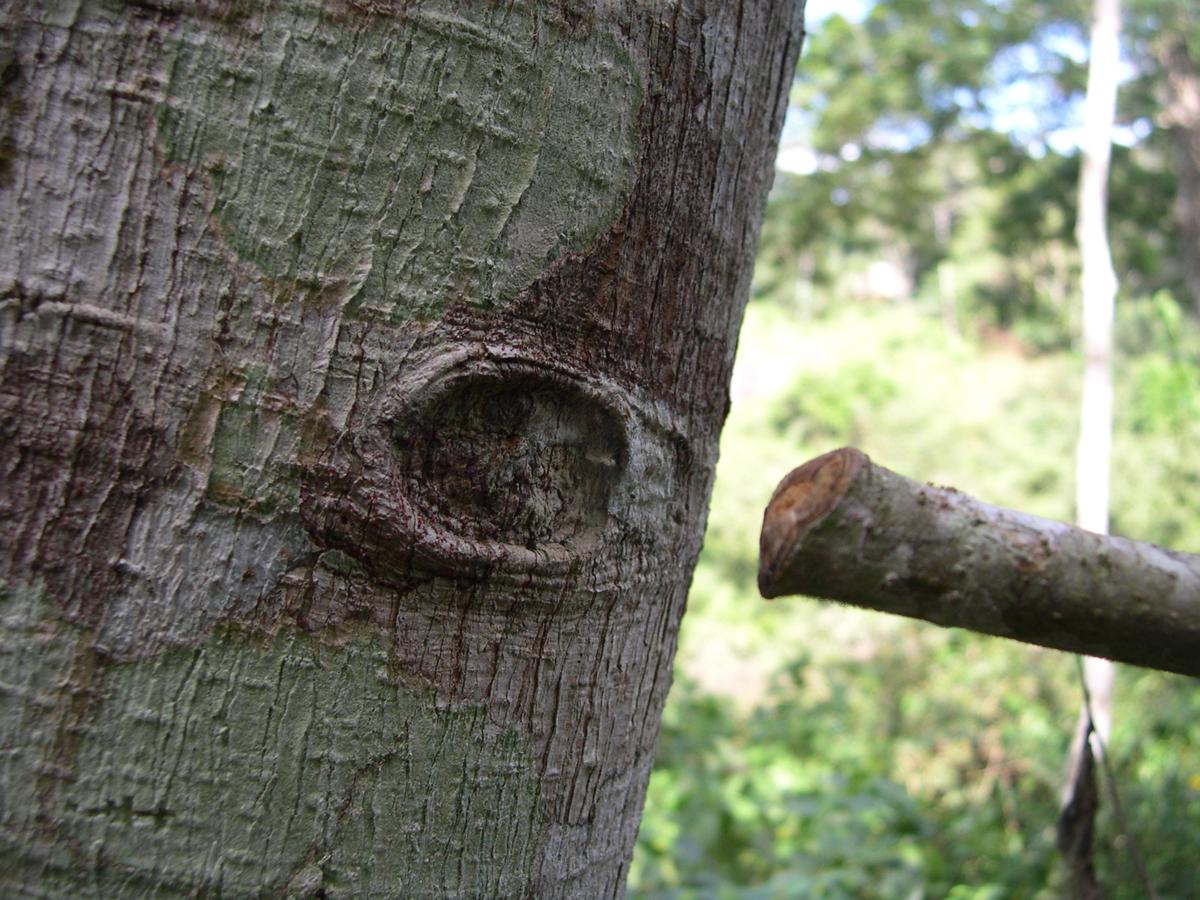
In other words, some trees shed their branches by a process similar to the shedding of leaves in the fall. This can occur due to stress or simply as part of the tree’s natural life cycle. “Sources of stress which may contribute to this shedding include drought, soil and root compaction or the presence of disease.” The presence of numerous small branches and twigs scattered under the tree is a sign that cladoptosis may be occurring. Some twigs may still have leaves attached. If you examine the base of the twig at the point where it was attached to the tree, it will look smooth and rounded, an indication of abscission rather than injury. Because cladoptosis is a natural process, it may not be a cause for concern, though it is always recommended that tree stress be minimized through proper maintenance and watering. Click here to read the article Cladoptosis an Interesting Phenomenon
If a healthy, mature tree drops a large limb abruptly and unexpectedly, it may have experienced “summer branch drop.” Summer branch drop is also referred to as “sudden branch drop,” because that is what happens; a large limb suddenly
falls for no known reason, usually in calm summer weather, often following periods of fluctuating rainfall. Any species of tree may be affected. Summer branch drop is a breaking of the branch and may be accompanied by a loud explosion. Branches that drop are frequently long and drawn out, at least 4 inches in diameter and usually extend beyond the edge of the tree’s canopy. Frequently, but not always, the break occurs 3 to 12 feet distance from a fork. When inspected, the tree shows no visible sign of weakness or disease. A tree that has experienced sudden branch drop is at risk of dropping more branches in the future. If your tree has lost a large limb unexpectedly, it is recommended to consult an ISA certified arborist who can inspect the tree and make recommendations for removal of other potentially unsafe branches.

For additional information:
https://tfsweb.tamu.edu/Content/Article.aspx?id=21239
https://auf.isa-arbor.com/content/9/4/111
To find a certified arborist near you:

